So, you’re wondering if you can grow weed in a dry climate? Good news – it’s totally possible! While cannabis might love its sun and warmth, dry climates add some extra challenges to the mix. But with a bit of planning, the right strains, and some smart techniques, you can have healthy, thriving plants even in arid conditions. Let’s dive into the essentials and set you up for success!
Understanding Cannabis Growth Needs in Dry Climates
Cannabis plants have a few core needs that are slightly trickier to manage in dry climates. Don’t worry, though; once you understand these basics, it’s all about adapting your setup to work with what you’ve got.
Water Requirements for Cannabis in Arid Regions
Water is a precious resource, especially in dry climates, so you need to be mindful of how much your plants are drinking. Cannabis generally loves a regular watering schedule, but in arid regions, you might find yourself needing to water a bit more frequently or in smaller amounts to avoid water stress.
To keep your plants hydrated:
- Use watering techniques like drip irrigation for controlled, slow-release hydration.
- Water in the early morning or late evening to reduce evaporation.
- Invest in moisture-retaining soil, which we’ll get into a bit more below.
Ideal Soil Types for Cannabis Growth in Dry Areas
The right soil can be your best friend here. In dry climates, soil that holds onto moisture while providing good drainage is a game-changer. Look for sandy or loamy soils mixed with organic matter that helps retain water.
Consider adding amendments like:
- Vermiculite or perlite for improved water retention.
- Coco coir for added water-holding capabilities.
- Mulch on top to prevent moisture loss from evaporation.
Temperature and Humidity Tolerances
Cannabis is pretty resilient, but it has its limits. Dry climates often come with intense sun and low humidity, which can stress plants if they’re not prepared for it. Cannabis generally prefers humidity levels between 40-70%, but in dry regions, keeping them closer to the lower end is okay.
Make sure your plants aren’t overheating by shading them during peak sun hours and increasing air circulation around the plants to avoid stagnant, hot air.
Choosing the Right Strains for Dry Climates
Choosing the right strain can make or break your grow in a dry climate. Thankfully, there are strains out there bred to withstand these tough conditions.
Overview of Drought-Resistant Cannabis Strains
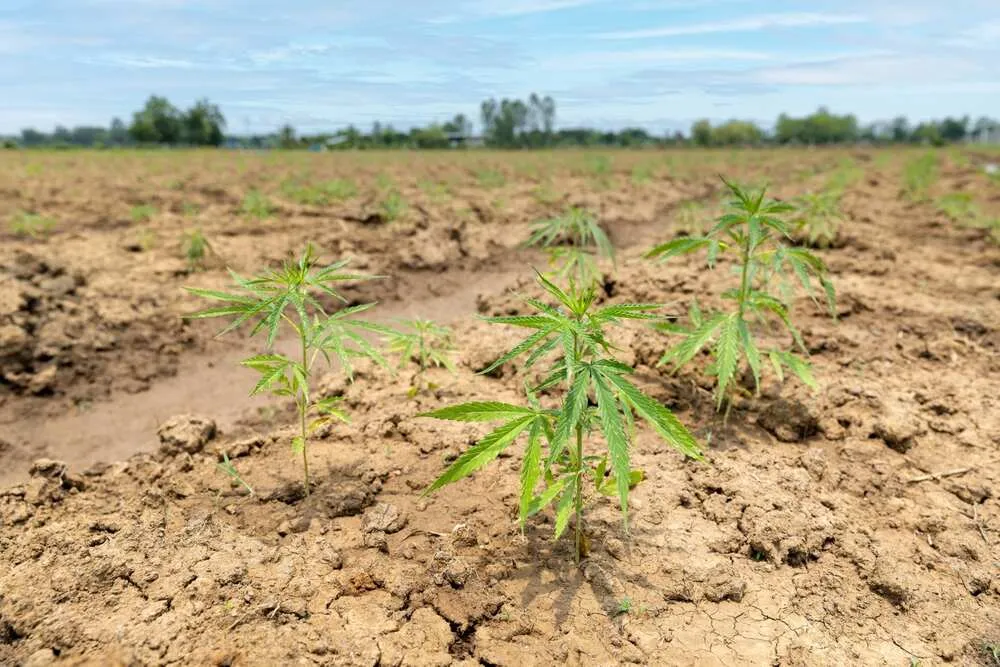
Not all cannabis strains are built the same. Some strains come from arid regions and naturally handle drought conditions like champs. Sativa-dominant strains tend to do better in hotter, drier climates compared to indica strains, which often prefer more moisture.
A few popular drought-resistant strains include:
- Durban Poison
- Super Silver Haze
- Afghan Kush These strains don’t just survive in dry climates; they thrive!
Characteristics of Xerophytic Cannabis Strains
Xerophytic cannabis strains have unique features that help them survive with less water. These plants tend to have thicker leaves, which helps them retain moisture, and smaller leaf surfaces that reduce water loss. These strains may even have a slightly slower growth rate, which actually works in your favor in a dry climate.
Popular Heat-Resistant Weed Varieties
Some strains are known for their ability to handle high heat and low water – exactly what you need. Strains like White Widow, Jack Herer, and Northern Lights are popular heat-tolerant options. These strains are often used in desert-like conditions where high temperatures are constant.
Techniques for Growing Cannabis in Dry Climates
You’ll need some techniques to manage water effectively and keep your plants cool in these conditions. Here are some tried-and-true methods.
Water Conservation Methods for Cannabis Cultivation
Conserving water is key in a dry climate, and it starts with how you apply it. Try:
- Drip irrigation systems for steady, efficient watering.
- Adding a layer of mulch to keep moisture from evaporating.
- Using raised beds, which allow you to control the soil mix and retain water better.
Irrigation Techniques for Low Water Cannabis Growth
Consider setting up a drip system or soaker hoses, which help release water directly to the root zone without much evaporation. If you’re watering manually, use the “deep watering” method, where you thoroughly soak the soil but do it less often.
Using Mulch and Soil Amendments to Retain Moisture
Adding mulch on top of your soil is a simple yet highly effective way to conserve water. Mulch prevents the sun from hitting the soil directly, keeping it cooler and reducing evaporation. You can use straw, grass clippings, or even stones as mulch.
Managing Environmental Challenges in Arid Cannabis Cultivation
Dry climates have their fair share of challenges, but with the right practices, you can tackle them effectively.
Addressing Low Humidity for Cannabis Growth
Low humidity can lead to stressed plants, so if your area is extremely dry, consider adding a bit of humidity around your plants. Misting the leaves occasionally or placing small water trays nearby can help, but don’t overdo it – too much humidity can lead to mold.
Heat Management Strategies for Cannabis Plants
Your plants need a break from the intense sun. Adding shade cloth during the hottest parts of the day will prevent sunburn and keep the soil cooler. A simple fan setup around your plants can also help air circulate, keeping your plants from overheating.
Protecting Cannabis from Wind and Soil Erosion
Dry climates can also mean more wind, which can dry out soil and stress plants. Build small wind barriers around your plants or use garden fabric to protect them. For soil erosion, you can use rock borders or plant low-growing cover crops that help keep the soil intact.
Benefits and Challenges of Growing Cannabis in Dry Climates
There are actually some perks to growing in a dry climate – along with a few obstacles. Here’s a look at both.
Advantages of Lower Mold and Pest Risks
One of the best things about growing in dry climates is that mold and pests tend to be less of an issue. Lower humidity means fewer chances for mold spores to grow, which is a huge plus for cannabis plants. Plus, many common pests prefer damp environments, so your plants will likely have fewer unwanted visitors.
Challenges of Limited Water Access
Of course, the flip side is that water can be harder to come by. This means you need to be more strategic about how and when you water. Setting up a rainwater collection system can be a lifesaver if you’re in an area with occasional showers.
Tips for Enhancing Plant Resilience
To make sure your plants handle the conditions well, focus on building up their resilience. Stick to hardy strains, use soil amendments, and be diligent about watering. A little extra care goes a long way in helping your cannabis adapt and thrive.
FAQ
Can cannabis thrive in desert climates?
Yes, cannabis can grow in desert climates with the right strain and techniques. Drought-resistant strains and efficient watering methods, like drip irrigation, help plants survive and even thrive in low-water environments.
What are the best cannabis strains for hot climates?
Heat-tolerant strains like Durban Poison, Afghan Kush, and Super Silver Haze are ideal for hot climates. These strains are known for their resilience in warm, dry conditions.
How can I protect cannabis plants from extreme heat?
You can protect cannabis from extreme heat by using shade cloth, watering early or late in the day, and ensuring good air circulation. These practices prevent sunburn and keep your plants cooler.
How often should I water cannabis in dry climates?
Water cannabis more frequently but in smaller amounts in dry climates. Using deep watering or drip irrigation helps provide consistent moisture without over-saturating the roots.
Are there benefits to growing cannabis in low humidity?
Yes, low humidity reduces mold risk and keeps pests away. Dry conditions prevent mold from forming on plants and soil, leading to healthier growth.
Conclusion
Growing cannabis in dry climates isn’t just doable; it can actually lead to some of the healthiest plants you’ll find. With the right drought-resistant strains, smart watering techniques, and a few tweaks to protect against the heat, you’re set up for success. Remember, a little effort goes a long way, and soon you’ll be enjoying a hardy, resilient grow tailored perfectly to those dry conditions!
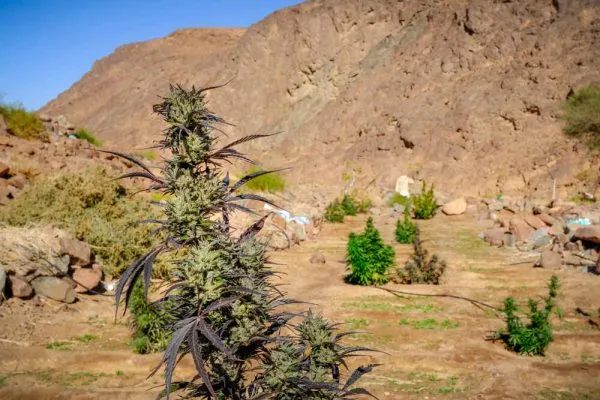
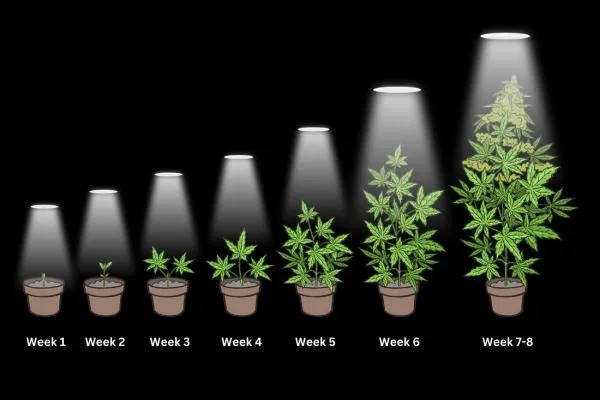
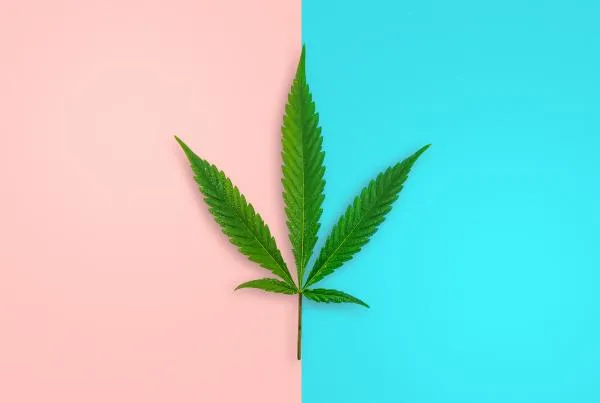
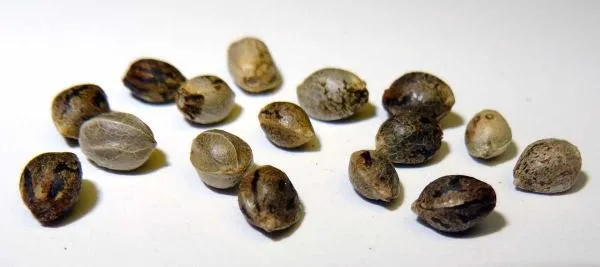
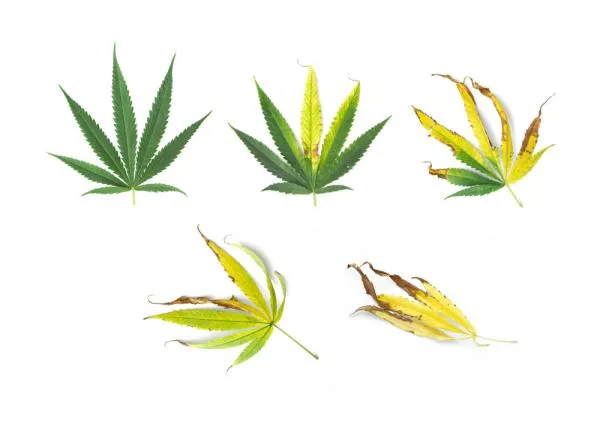
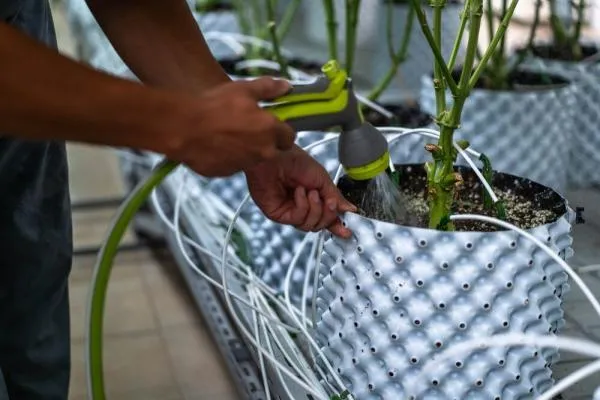
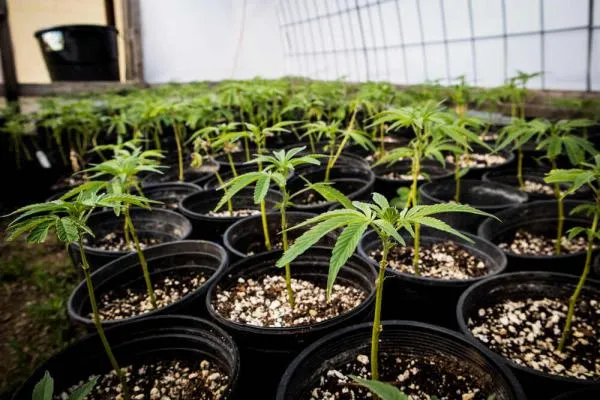
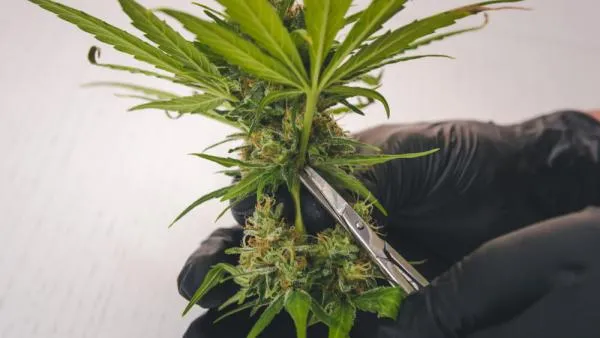
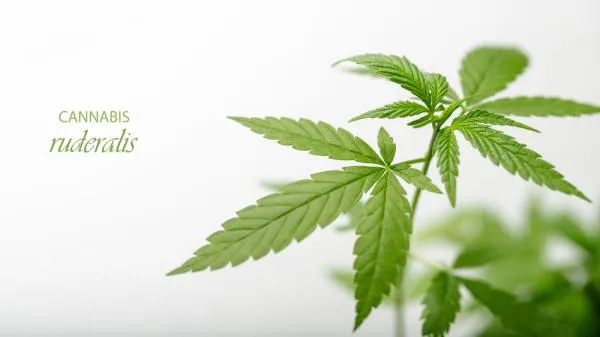


4 Comments